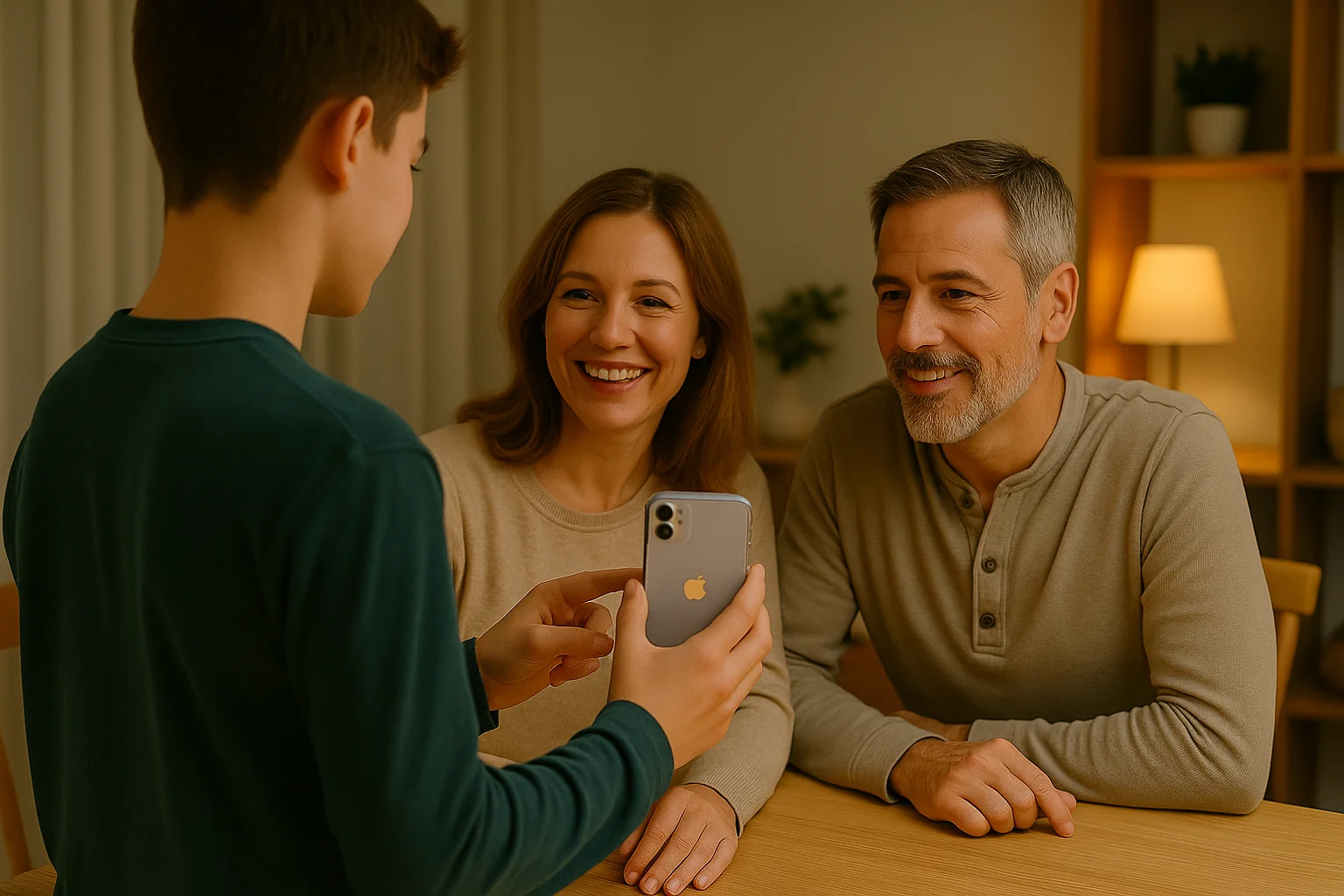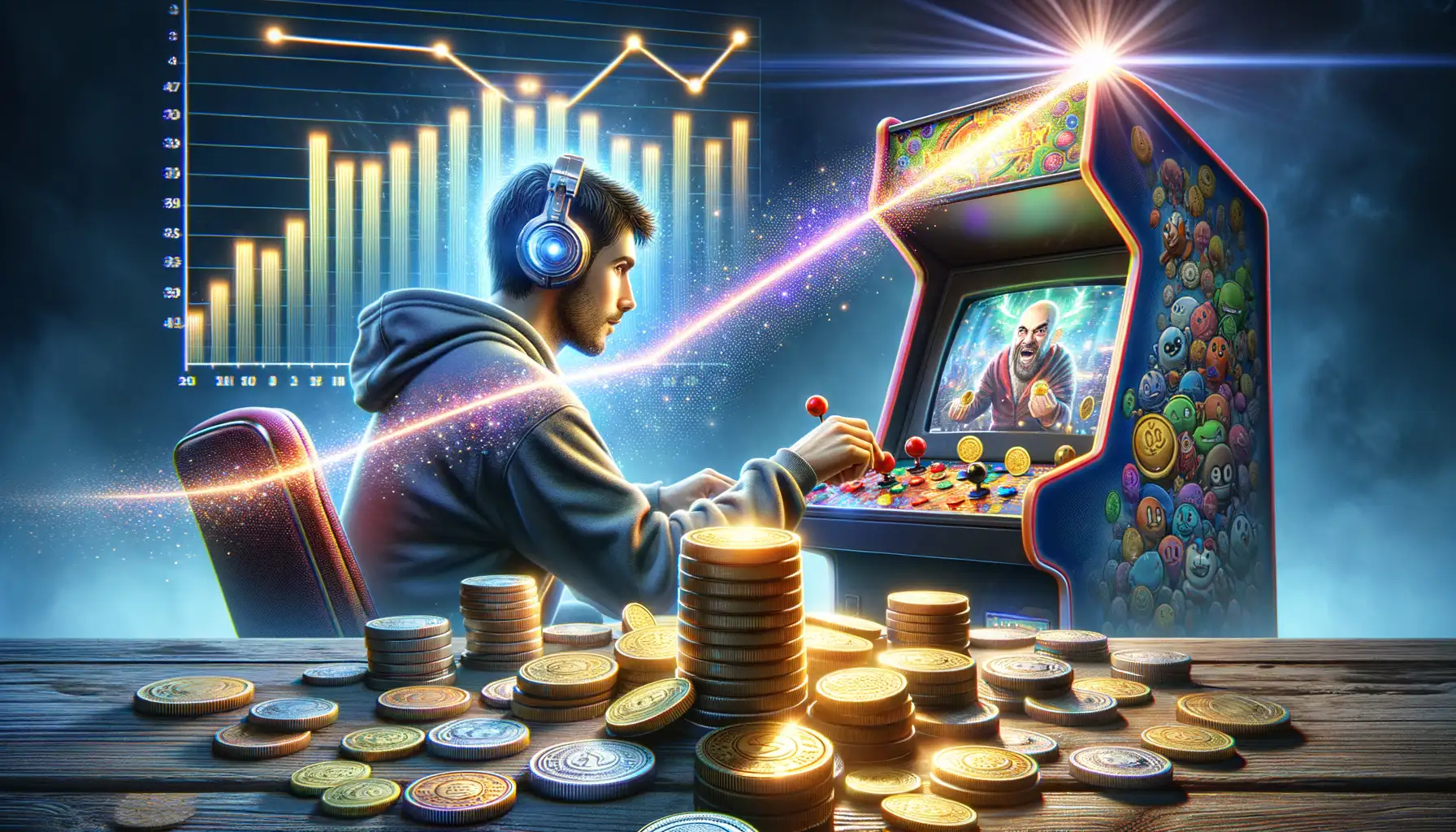Understanding the Role of Coin Colors in Game Design
The Hidden Language of Coin Colors
Picture this: You’re racing through a vibrant mobile game level, dodging enemies and collecting rewards. Suddenly, your eyes lock onto a sparkling gold coin nestled among a sea of duller colors. Without hesitation, you swerve to grab it. Why? Because that glimmer of gold whispers something irresistible: “This is valuable.”
Coin colors are far more than aesthetic choices—they’re part of a silent dialogue between the game and the player. A red coin might shout “Rare! Don’t miss me!” while a silver one quietly assures you it’s an everyday staple. These subtle messages influence every decision players make.
- Gold coins: The MVPs of game currency, signaling wealth and high reward.
- Green coins: Often associated with growth or upgrades, nudging you toward progress.
- Purple or blue coins: Exotic, mysterious, and often tied to premium content.
The artistry lies in balancing these colors. Too much color chaos? Players get overwhelmed. Too little? The thrill disappears. Game designers act as storytellers here, guiding emotional responses through every vibrant hue they choose.
How Coin Colors Enhance Player Engagement
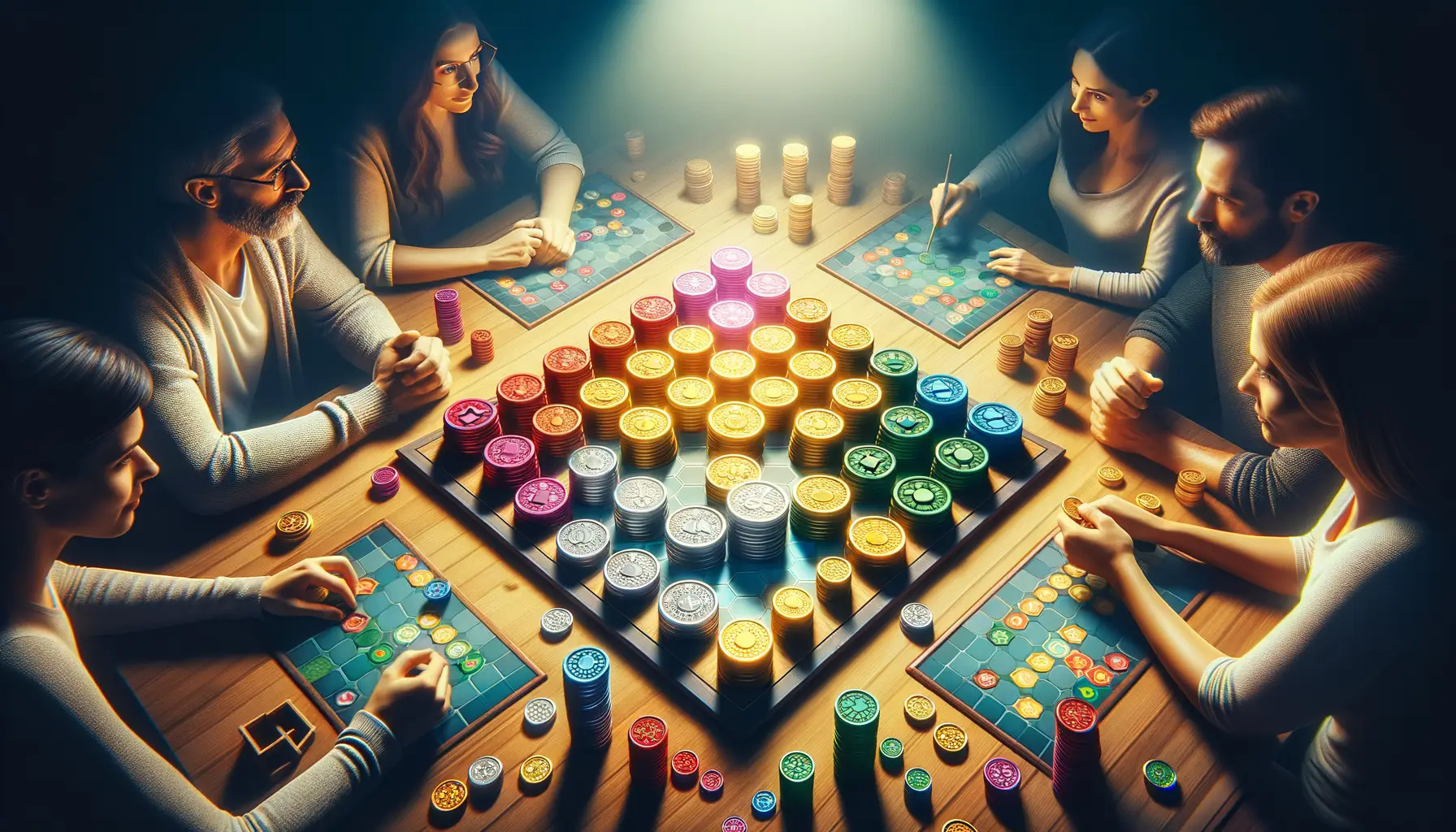
The Vibrant Power of Coins in Action
Ever noticed how the shimmer of a gold coin in a game feels almost magnetic? That’s no accident. Coin colors don’t just fill your screen; they ignite something deeper — a sense of joy, urgency, and even pride. Picture this: a chest bursts open, spilling a cascade of bright, radiant coins. The golden ones scream “value,” the silvers whisper “almost there,” and the greens? Well, they carry that fresh, playful energy calling you to keep collecting.
But it’s not just about looking pretty. These colors act like emotional signposts guiding your journey. Let’s take a mobile RPG:
- Gold symbolizes success and mastery, making players feel unstoppable after a tough level.
- Bronze coins may hint at grit—your first step on a longer adventure.
- Rare shades like blue or purple unleash an “I NEED that!” reaction, pushing players to explore deeper or buy-in for rewards.
Why Players Can’t Resist Multi-Colored Rewards
Varying coin colors don’t just decorate gameplay; they shape how players behave. An unexpected rainbow of coins can amplify the thrill of discovery. For example, unlocking purple coins might signal “you’ve hit jackpot territory” — a reward that feels earned, not handed over. And when those colors blend into animations? Magic happens. It’s the digital equivalent of fireworks; your brain instantly lights up with feelings of accomplishment.
Psychological Impact of Color Choices on Players
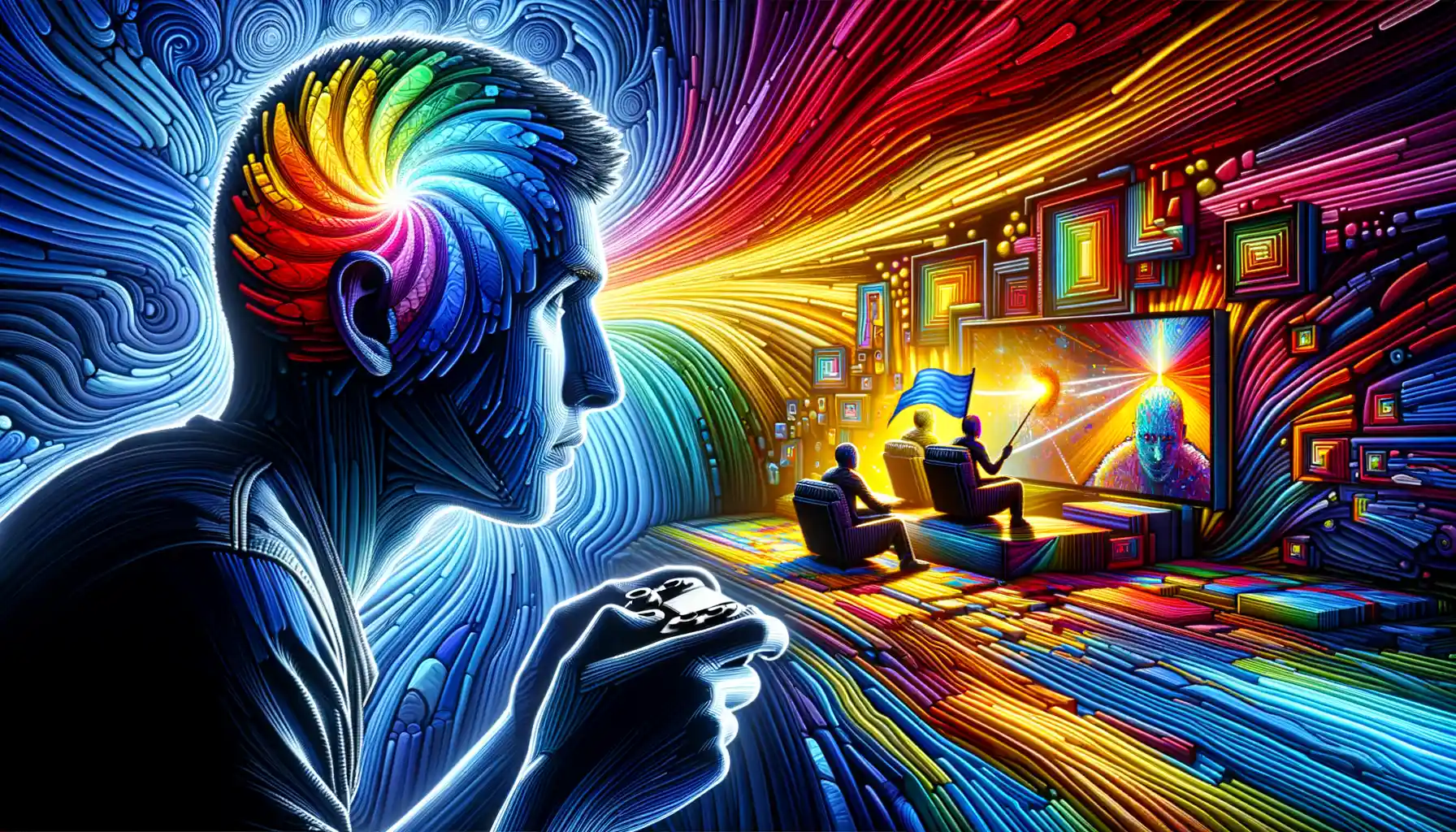
How Colors Tap into Emotions and Decision-Making
Imagine this: you’re playing a game, and suddenly you see golden coins scattered across the level. What do you feel? A rush of excitement, right? That’s not a coincidence—colors speak directly to our emotions and instincts. Game designers know this and carefully choose coin colors to evoke very specific feelings. For instance, gold screams “wealth” and “achievement,” while silver whispers “elegance” and “secondary, but still valuable.”
Color isn’t just decoration; it’s a psychological puppeteer. For example:
- Red coins: They ignite urgency, making players rush to collect them before time runs out.
- Green coins: These often signal growth or extra lives, offering reassurance and hope.
- Blue coins: Calming yet intriguing, they may suggest hidden treasures or rare bonuses.
The magic lies in how these colors shape your behavior without you even realizing it. Players chase gold because it feels like success, but throw in red coins with a timer? Suddenly it’s adrenaline city. It’s all about manipulating perception in subtle, rewarding ways.
The Unseen Layer: Culture and Personal Bias
Think about this: not everyone views colors the same way. A golden coin might symbolize achievement for one player but greed for another. In some cultures, green represents luck; in others, it signifies envy. Mobile games cleverly leverage these nuances to connect emotionally on a global scale.
But here’s the kicker—a well-designed coin palette does more than trigger emotion. It creates harmony or contrast between objects. Ever notice how golden coins pop against darker levels? That’s no accident. Designers don’t just want you to see those coins—they want you to *crave* them.
Monetization and Reward Systems Tied to Coin Colors

How Colors Shape Value Perception
Ever wonder why those shiny gold coins in your favorite mobile game feel *so* much more valuable than the humble copper ones? It’s no accident—it’s a masterwork of design psychology. By assigning different coin colors to various monetary tiers, developers create a visual hierarchy that whispers (or shouts!), “This is worth it!”
Take gold coins, for instance. They’re often tied to premium purchases or hard-to-earn rewards, while silver coins might signify common, everyday currency. Then there are the elusive purple gems or emerald-green tokens: rare, dazzling, and—you guessed it—more likely to tempt you into parting with real cash.
- Gold: Premium currency, frequently bundled in microtransactions.
- Copper/Silver: Basic, grindable rewards used for steady progression.
- Exotic Colors (Purple, Blue, Green): Limited-time rewards, exclusive events, or ultra-rare drops.
Tapping Into Emotional Rewards
Color isn’t just about assigning value—it’s about invoking *emotion*. Picture yourself unlocking a chest overflowing with shimmering rainbow coins. That rush of dopamine? It’s intentional. Rare coin colors—often tied to one-time events or massive milestones—make players feel accomplished and special.
And here’s the kicker: these emotional moments are fantastic gateways for monetization. For example, seeing your inventory full of *ordinary* silver coins might prompt an offer for—you guessed it—a shiny pack of hard-to-get golden ones. It’s like being invited to a VIP lounge, but better: here, you get instant gratification and bragging rights. Conversion rates skyrocket when color-coded currencies stir those “I need this now” impulses.
Integrating Coin Colors into Effective Game Mechanics
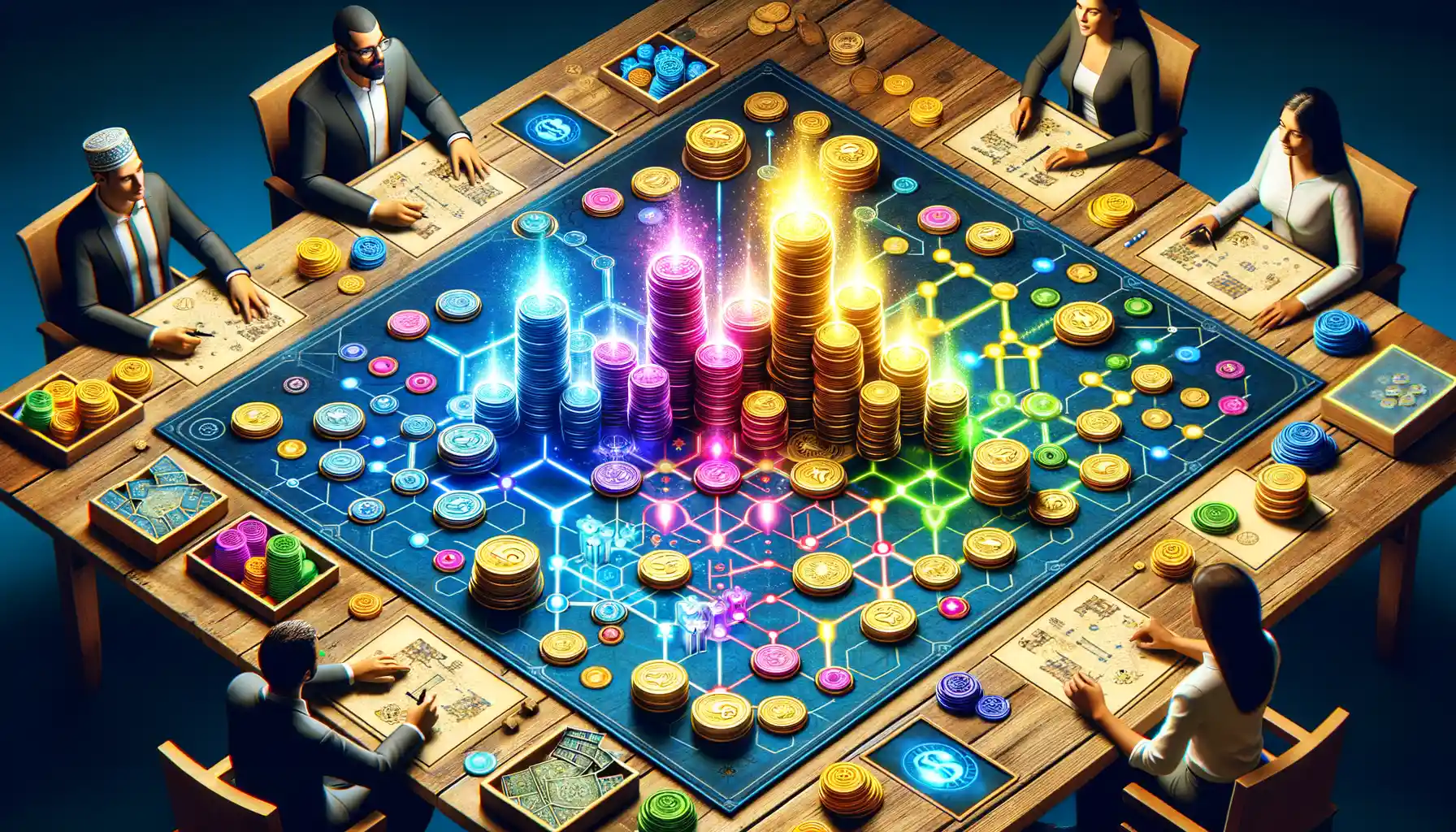
Bringing Coins to Life: How Colors Shape Gameplay
Imagine a world where every coin you collect isn’t just shiny but tells a story. In mobile games, the colors of coins can drive the excitement and strategy behind each level. Did you grab that glowing green coin? It’s not just wealth—it might be an extra life or a secret challenge unlocked!
Think about this: a gold coin feels universal—wealth, triumph, progress. But what happens when you throw in vivid reds, cool blues, or even mysterious purples? Suddenly, those coins aren’t just rewards; they’re part of your decision-making arsenal. For example:
- Blue coins: Fuel for that turbo mode you didn’t know you needed.
- Red coins: The timer’s ticking—collect them to avoid hazards or penalties.
- Purple coins: Rare, elusive, and full of promise—currency for epic upgrades.
This strategic integration keeps players guessing. Who could forget the thrill of spotting a sparkling rainbow-colored coin after a brutal boss fight? It’s not just a reward; it’s hope wrapped in pixels. Color can guide, challenge, and even tease players into pushing “just one more level.”
How Coins Transform Into Dynamic Feedback Loops
Coins don’t just “exist”—they interact. Picture this: you’ve just triggered a chain reaction, and suddenly, coins blast across the screen. The green ones magnetize toward you, while yellow ones scatter just out of reach. It’s chaos, but colorful chaos you crave to control.
By linking colors to mechanics, developers create feedback loops that feel deeply rewarding. A red coin counter tied to a bonus round timer ramps up the heartbeat. Gradual shifts from bronze to silver, then gold coins as you skillfully glide through levels? That tells you, “You’re getting better!”
The trick is making those colors sing together. Coins shouldn’t clash or confuse—players need clear visual cues. Done right, your audience feels like they unlocked a treasure chest of dopamine with every flick, tap, or swipe.




